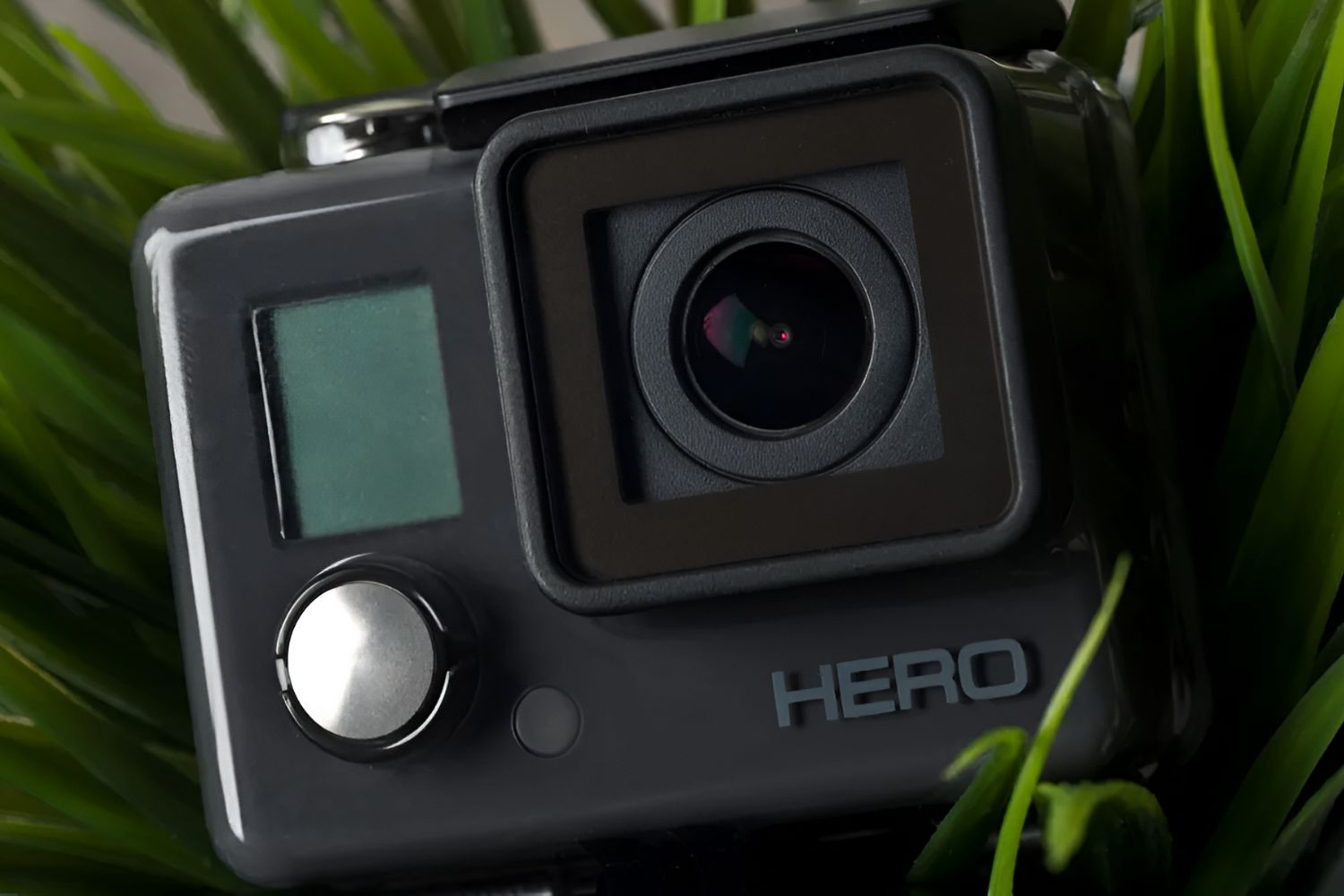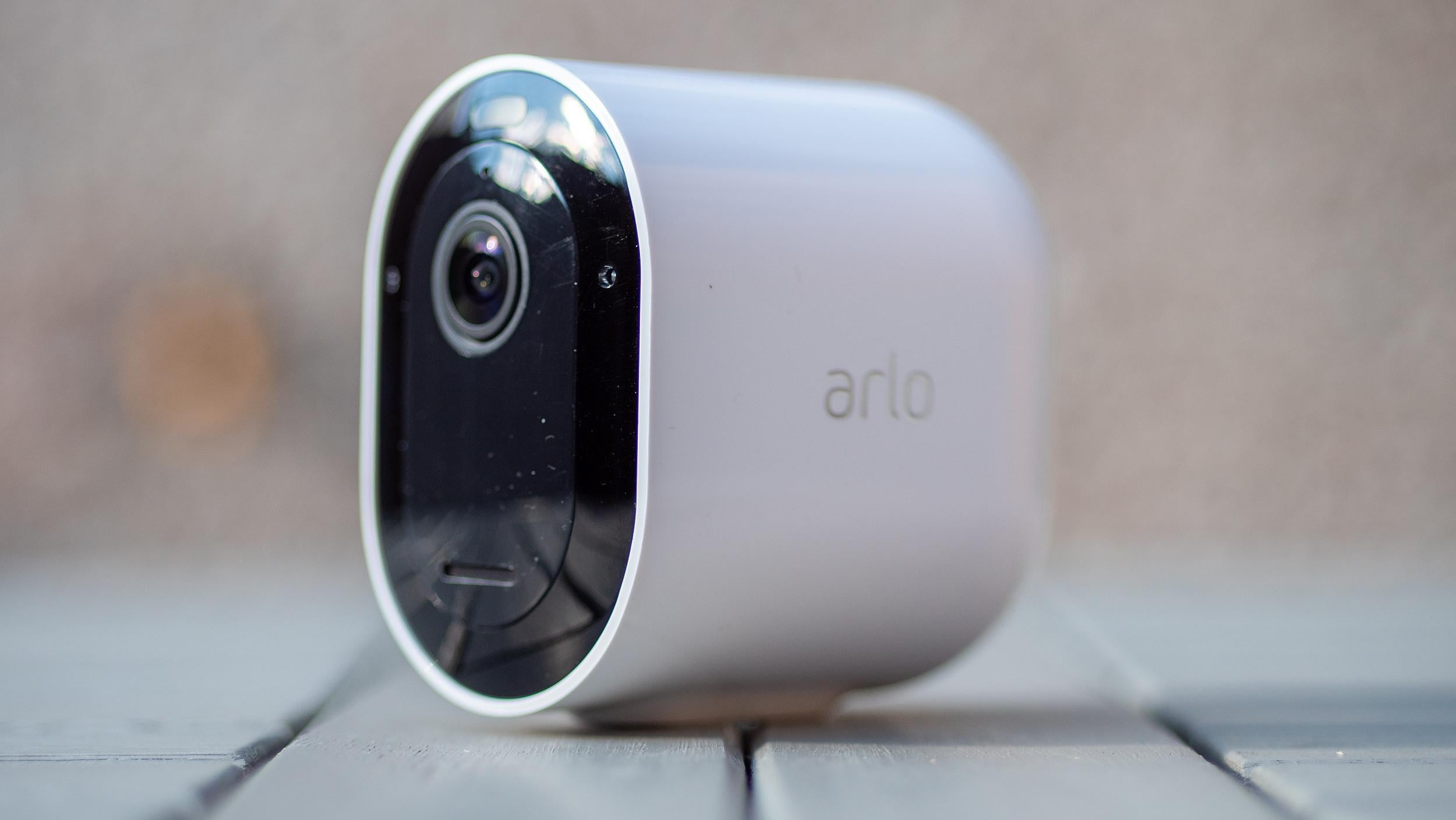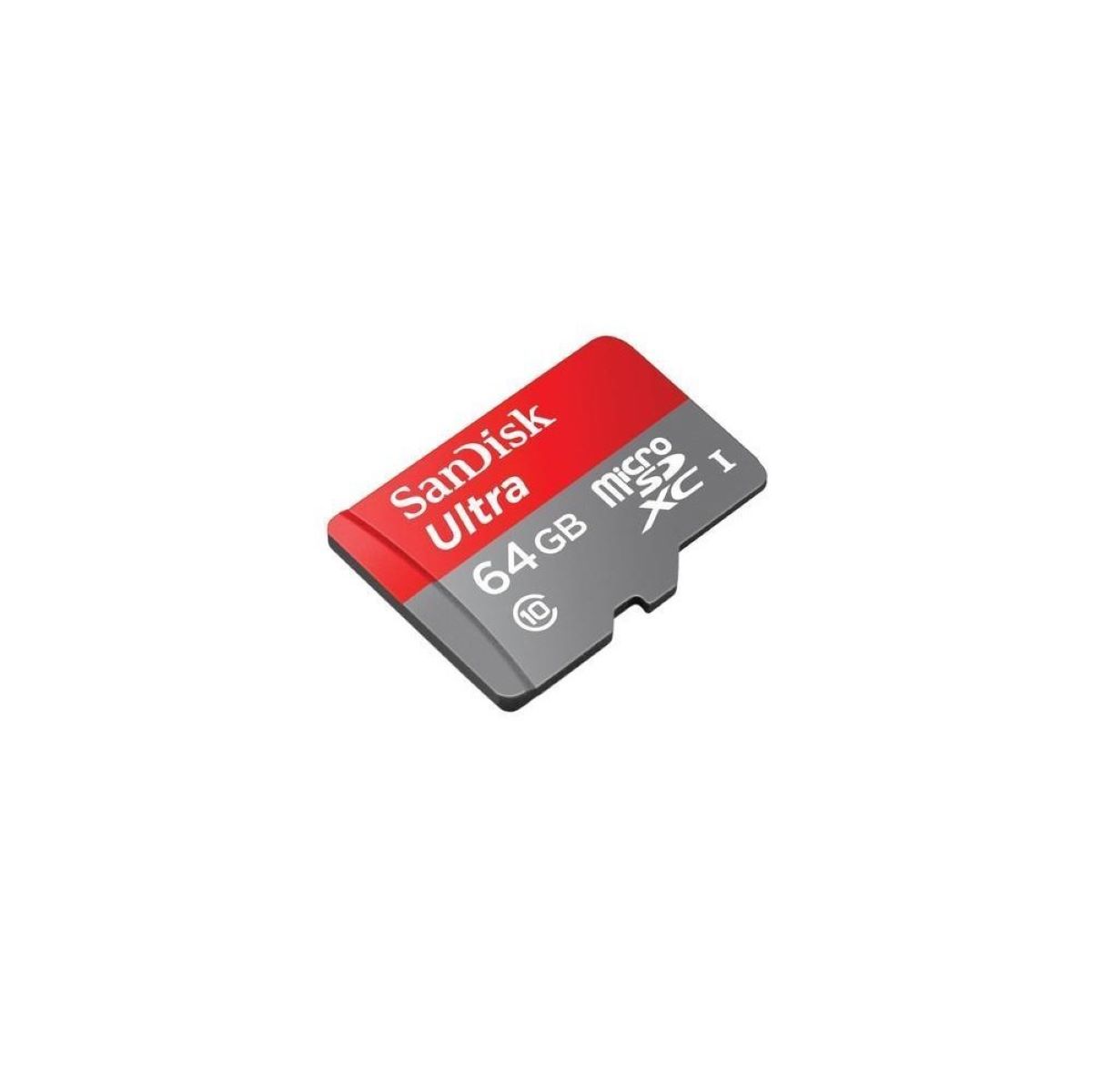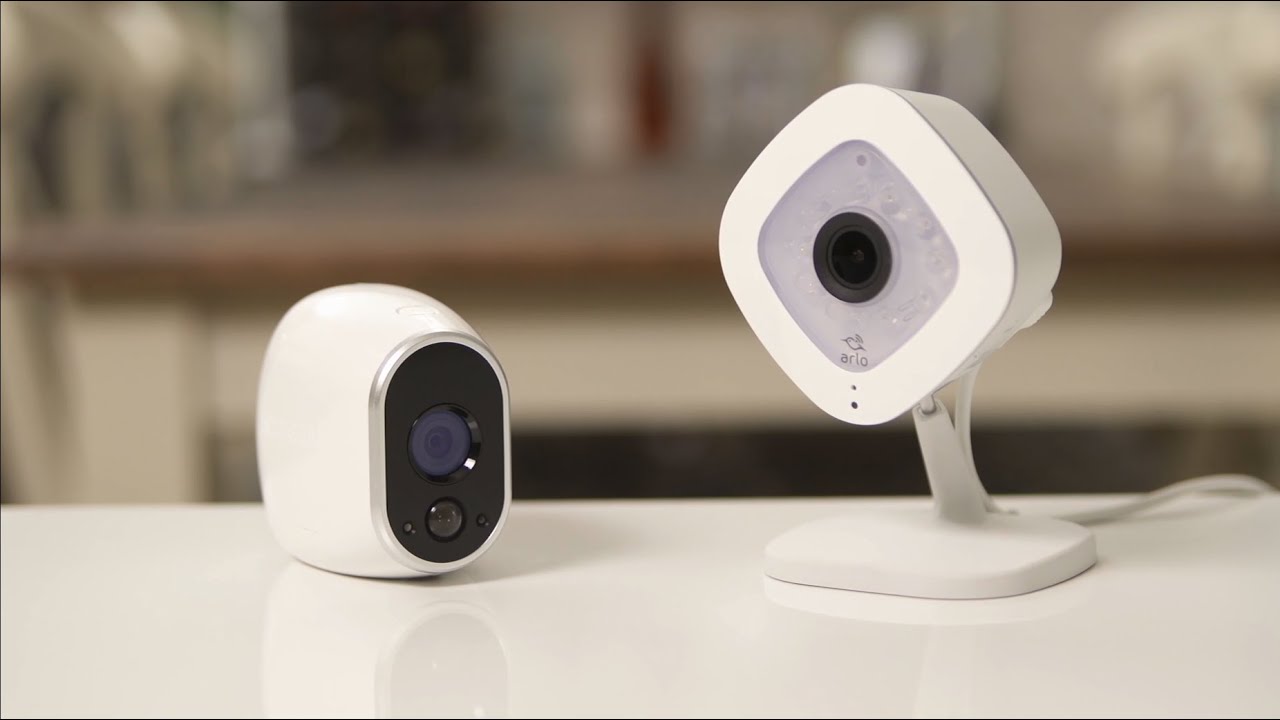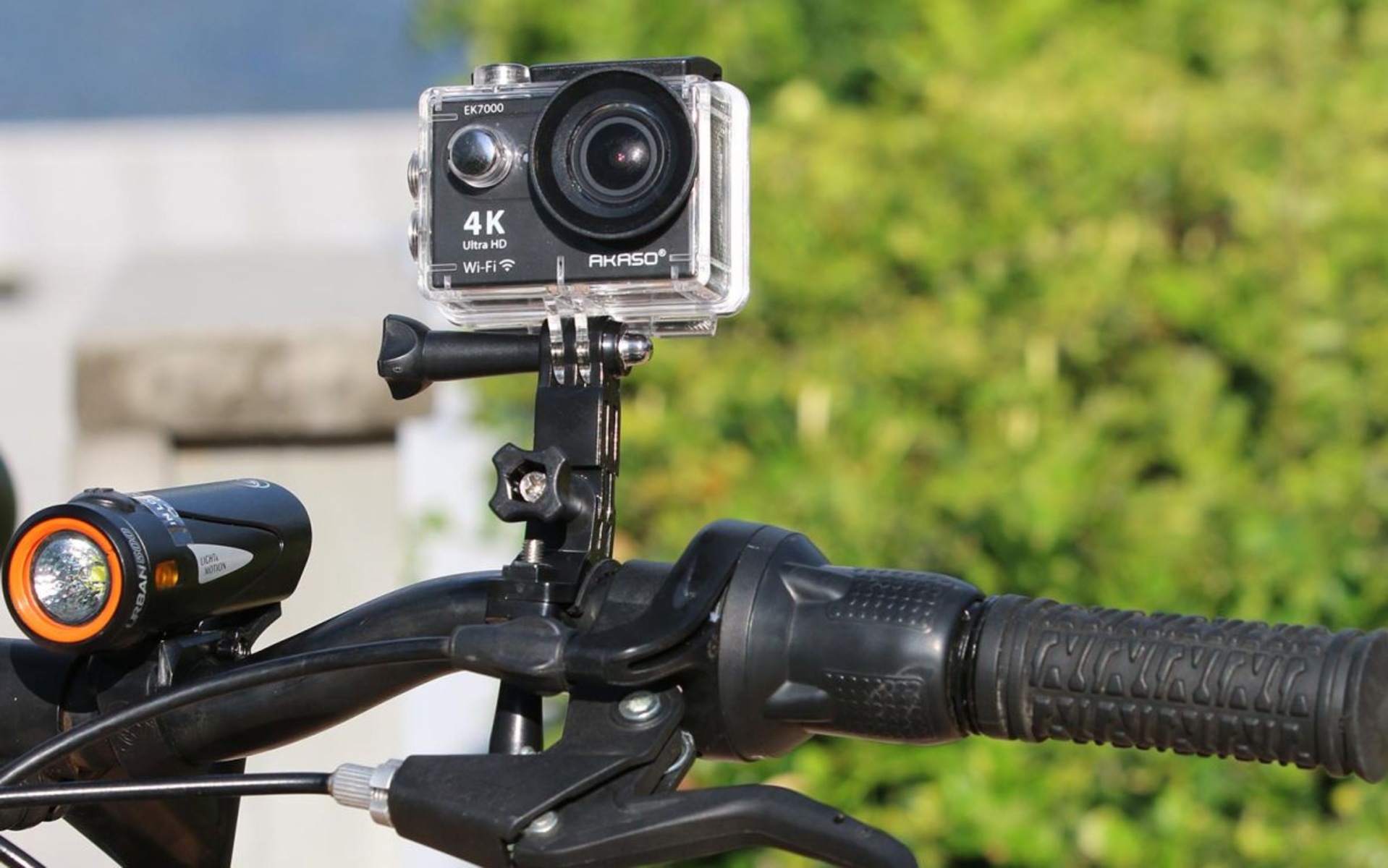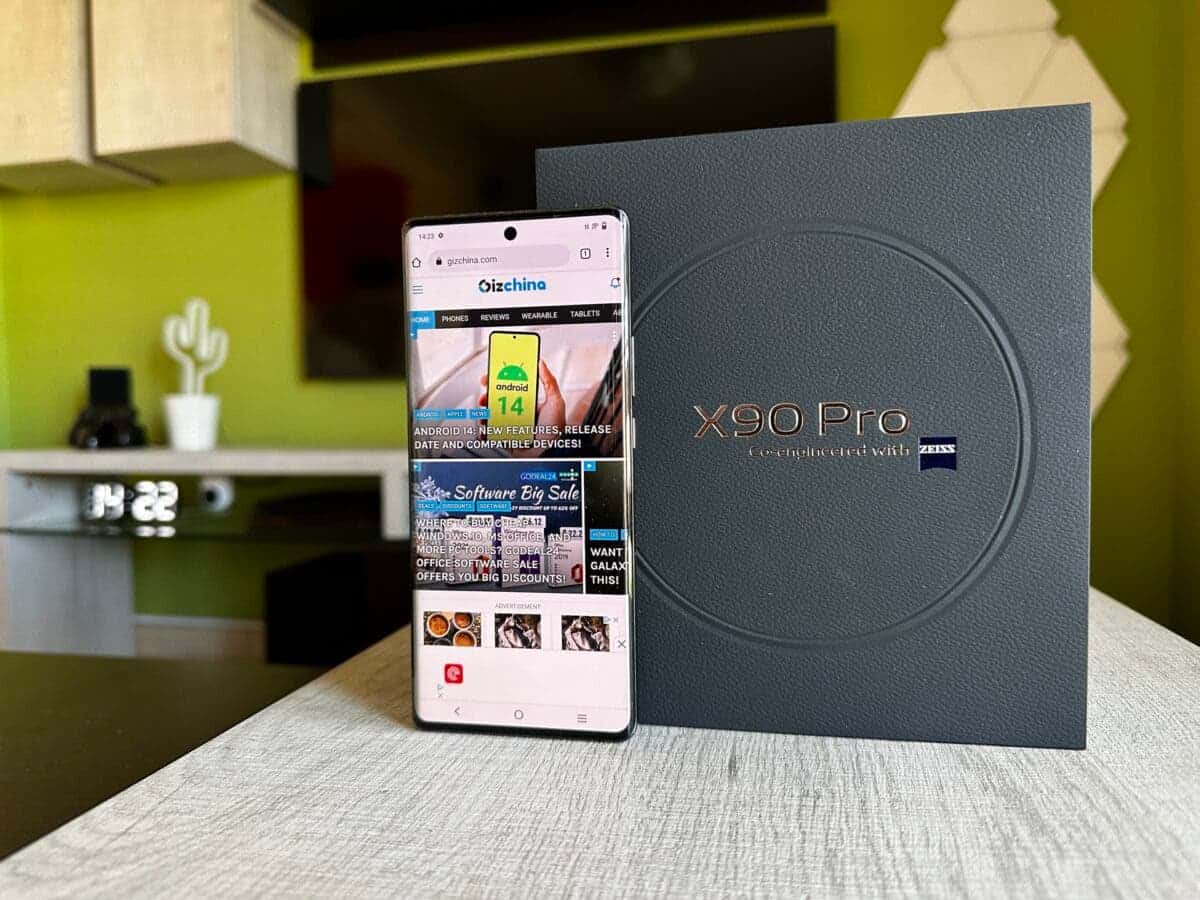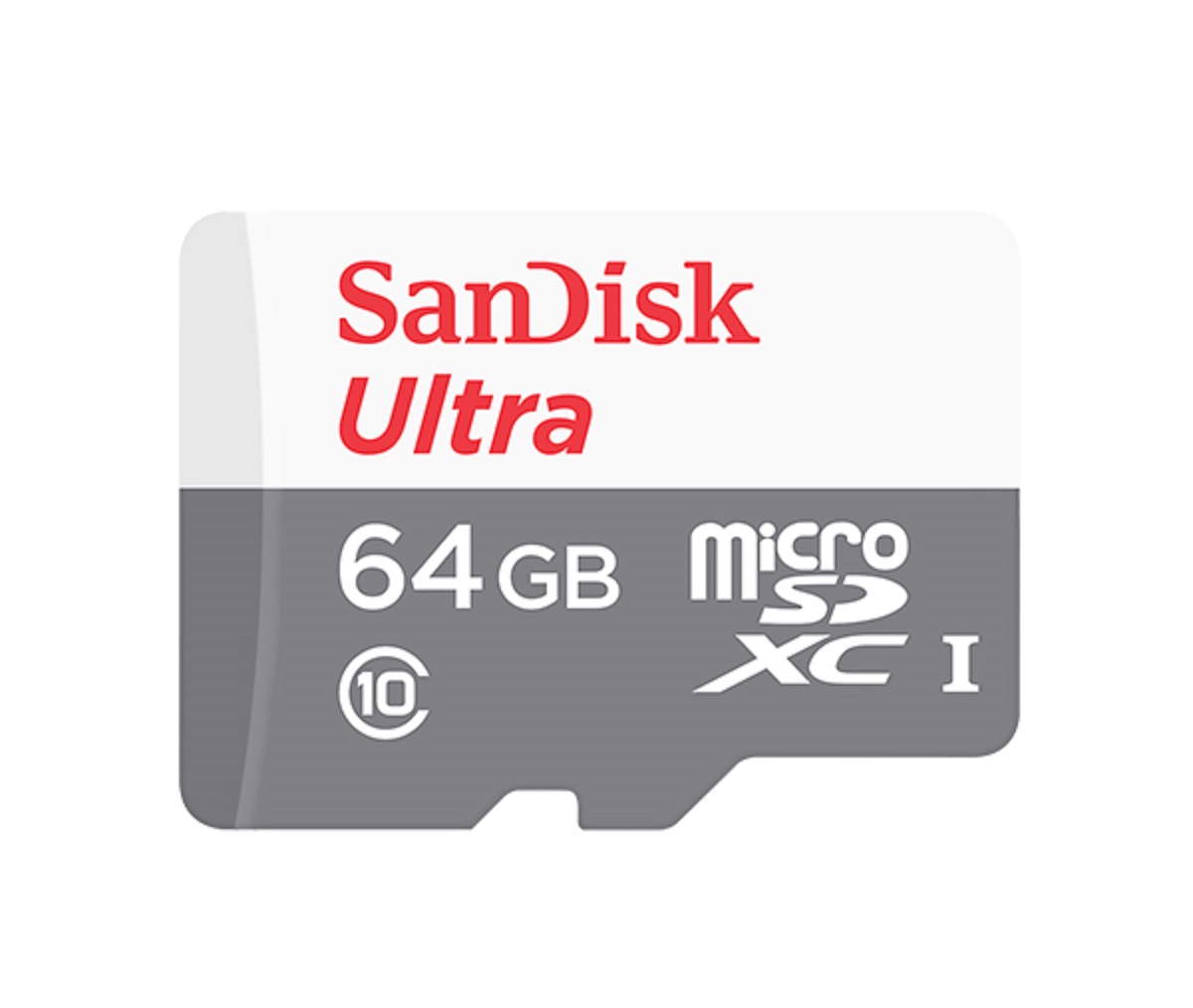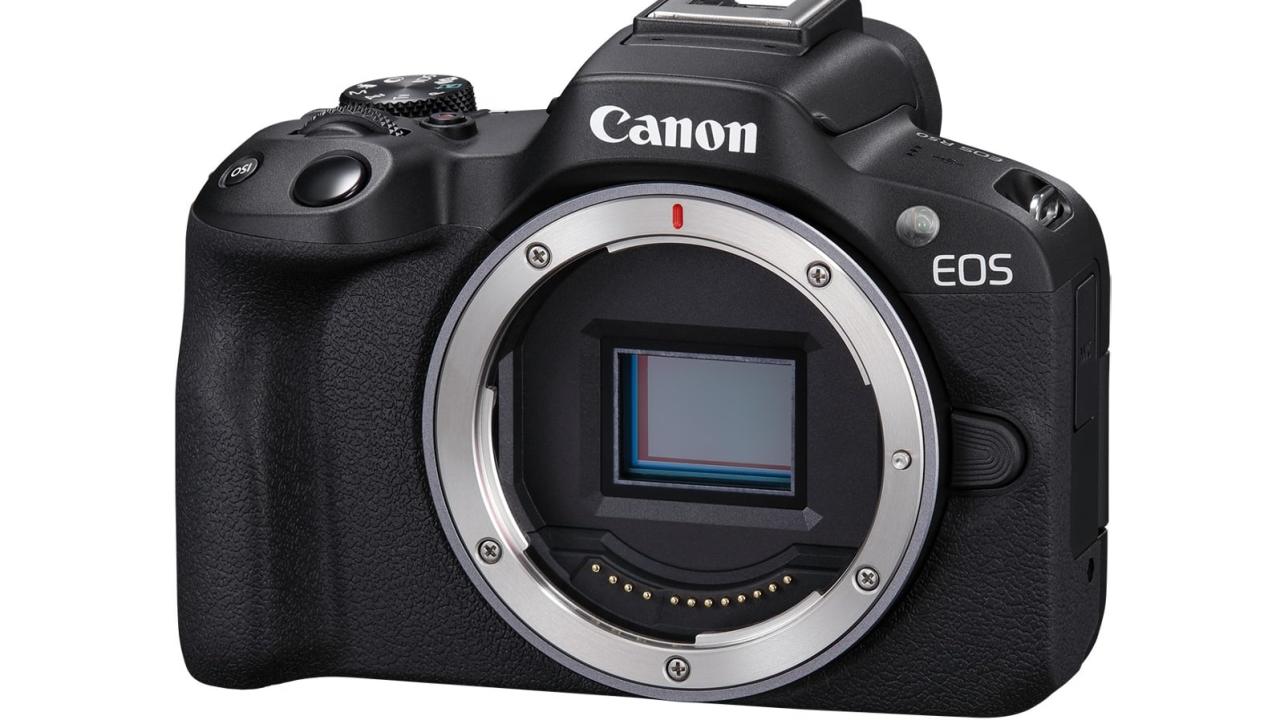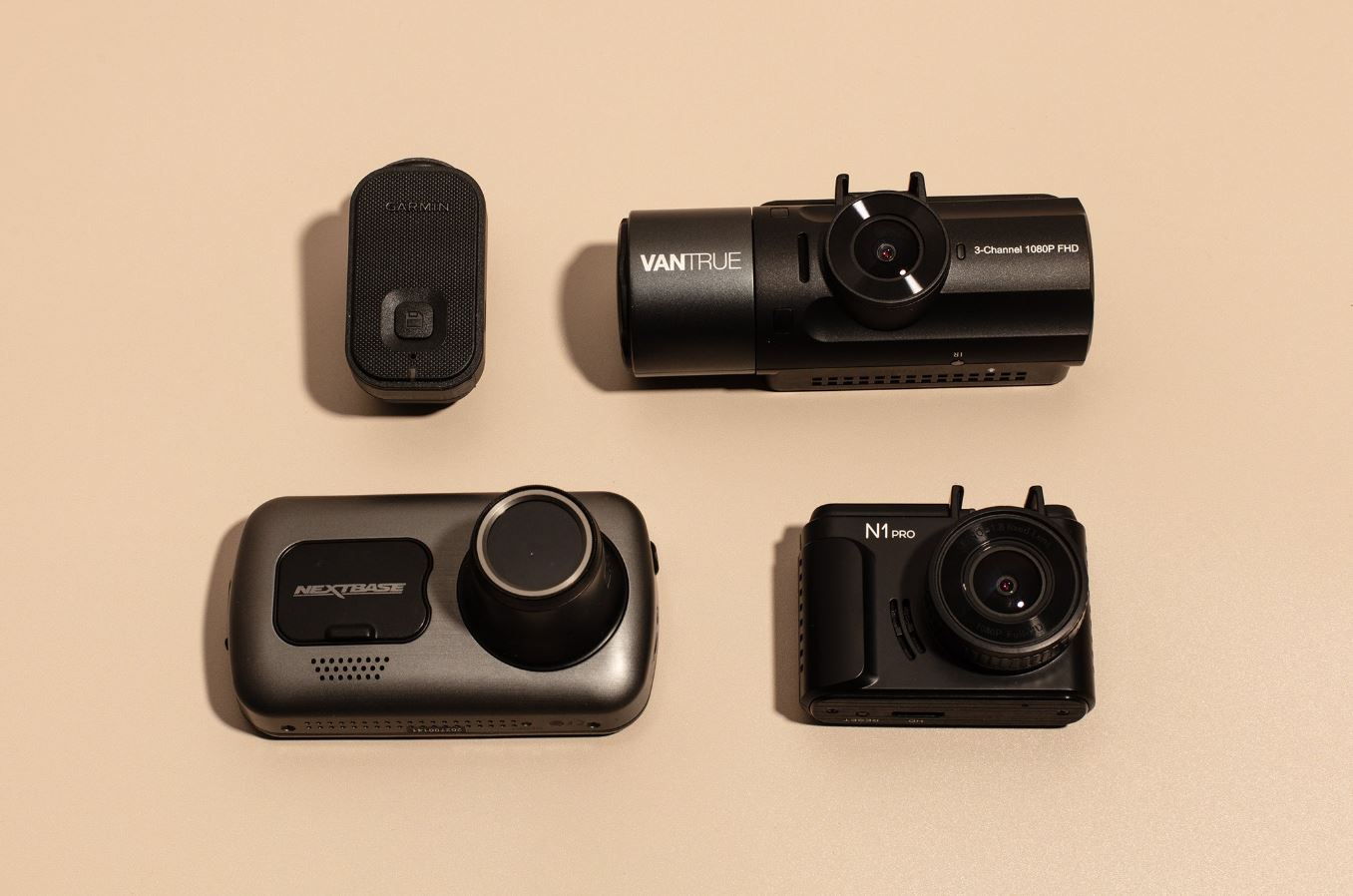Introduction
Action cameras have revolutionized the way we capture and share our adventures, from exhilarating outdoor activities to heartwarming family moments. These compact and rugged devices are designed to withstand the rigors of action-packed environments while recording high-definition footage. One of the most common queries among action camera users is, "How long does an action camera record for?" The recording time of an action camera is influenced by various factors, including battery life, storage capacity, video resolution, and frame rate. Understanding these factors is essential for maximizing the recording time and ensuring that you capture every thrilling moment without interruption.
Action cameras are cherished for their ability to capture uninterrupted footage of dynamic activities, whether it's snowboarding down a mountainside, surfing the waves, or simply enjoying a leisurely bike ride. As such, knowing the factors that affect recording time empowers users to make informed decisions when planning their filming sessions. This article delves into the key elements that impact an action camera's recording duration, offering valuable insights and practical tips for optimizing the recording experience. By understanding these factors and implementing the recommended strategies, action camera enthusiasts can make the most of their devices and preserve their most memorable moments for years to come.
Factors Affecting Recording Time
Several crucial factors influence the recording time of an action camera, and understanding these variables is essential for maximizing the device’s functionality. The primary determinants of recording duration include battery life, storage capacity, and video resolution and frame rate.
Firstly, the battery life of an action camera significantly impacts its recording time. Action cameras are powered by rechargeable batteries that vary in capacity and longevity. High-capacity batteries can sustain longer recording sessions, while lower-capacity ones may necessitate more frequent recharging or battery replacements. Additionally, extreme temperatures can affect battery performance, potentially reducing the overall recording time. Therefore, it is advisable to use fully charged, high-quality batteries and keep spares on hand for extended filming sessions.
Another critical factor is the storage capacity of the camera’s memory card. The storage capacity dictates the amount of footage that can be recorded before the card reaches its maximum capacity. Higher-capacity memory cards allow for longer recording times, enabling users to capture more content without interruption. It is important to select memory cards with ample storage space, especially when filming in high-definition formats or during prolonged activities.
Furthermore, the video resolution and frame rate settings directly impact the recording time of an action camera. Higher resolutions and frame rates result in larger file sizes, potentially reducing the overall recording duration. Conversely, lower resolutions and frame rates yield smaller file sizes, thereby extending the recording time. Understanding the trade-offs between video quality and recording duration is crucial for tailoring the camera’s settings to suit specific filming requirements.
By comprehending the interplay between battery life, storage capacity, and video settings, action camera users can proactively manage these factors to optimize their recording experiences. In the subsequent sections, we will delve deeper into each of these elements, offering valuable insights and practical tips for maximizing the recording time of action cameras.
Battery Life
The battery life of an action camera is a critical factor that directly influences its recording duration. Action cameras are typically equipped with rechargeable lithium-ion batteries, renowned for their high energy density and long lifespan. However, the actual recording time varies depending on factors such as battery capacity, operating temperature, and usage patterns.
High-capacity batteries, often measured in milliampere-hours (mAh), can sustain extended recording sessions, providing users with the flexibility to capture uninterrupted footage during their adventures. When selecting an action camera, it is advisable to consider the battery capacity and opt for models with higher mAh ratings for prolonged filming activities. Additionally, keeping spare batteries on hand is a practical approach to ensure continuous recording, especially when access to charging facilities is limited.
Environmental conditions, particularly temperature, can significantly impact battery performance. Extreme cold or heat can diminish the battery’s efficiency, leading to reduced recording time. To mitigate this, users should store their action cameras and spare batteries in insulated cases during extreme weather conditions and consider employing external power sources, such as portable chargers, to maintain optimal battery performance.
Moreover, the usage patterns and settings of the action camera play a pivotal role in determining its battery life. Continuous recording at higher resolutions and frame rates consumes more power compared to intermittent filming or lower-quality settings. By adjusting the camera’s settings based on the specific filming requirements, users can effectively manage the battery usage and extend the recording time.
Implementing power-saving features, such as auto-shutdown timers and dimming the camera’s display, can further enhance the battery life, ensuring prolonged recording capabilities. Additionally, periodic maintenance, including battery conditioning and firmware updates, contributes to optimizing the overall performance and longevity of the action camera’s battery.
By understanding the dynamics of battery life and implementing practical strategies to maximize its efficiency, action camera users can confidently embark on their adventures, knowing that they can capture every exhilarating moment without the hindrance of battery limitations.
Storage Capacity
The storage capacity of an action camera’s memory card directly influences the amount of footage that can be recorded before reaching full capacity. Selecting an appropriate memory card with ample storage space is crucial for ensuring uninterrupted recording during extended activities and capturing high-definition content.
Memory cards are available in various capacities, typically measured in gigabytes (GB) or terabytes (TB). Higher-capacity memory cards offer the advantage of extended recording times, allowing users to film for longer durations without the need to frequently replace or offload footage from the card. When choosing a memory card for an action camera, it is advisable to consider the anticipated filming duration and the desired video quality, as higher resolutions and frame rates result in larger file sizes.
For prolonged filming sessions, particularly in remote or challenging environments, it is beneficial to opt for memory cards with generous storage capacities. This not only reduces the need for frequent interruptions to replace memory cards but also provides peace of mind, knowing that there is ample space to capture every moment without compromise.
Furthermore, the speed class of the memory card is a critical consideration, especially when recording high-definition footage. Higher speed classes facilitate faster data transfer rates, ensuring smooth and reliable recording of high-resolution videos. Action camera users should select memory cards with appropriate speed classes to accommodate the camera’s recording settings and maximize the efficiency of the storage medium.
Regularly formatting the memory card and offloading recorded footage to external storage devices or cloud services is essential for managing the storage capacity and maintaining uninterrupted recording capabilities. This practice not only frees up space on the memory card but also safeguards the captured content against accidental loss or damage.
By understanding the significance of storage capacity and selecting memory cards that align with their filming requirements, action camera users can confidently embark on their adventures, knowing that they have the necessary storage space to capture every thrilling moment without compromise.
Video Resolution and Frame Rate
The video resolution and frame rate settings of an action camera play a pivotal role in determining the recording time and the quality of the captured footage. Understanding the interplay between these settings is essential for tailoring the camera’s performance to suit specific filming requirements while optimizing the recording duration.
Video resolution refers to the clarity and level of detail in the recorded footage. Action cameras offer various resolution options, ranging from standard definition (SD) to ultra-high definition (UHD) and even 4K resolutions. Higher resolutions result in sharper and more detailed footage but also lead to larger file sizes, consequently affecting the recording time. When capturing content that prioritizes visual clarity and precision, higher resolutions are preferred, albeit with the trade-off of reduced recording duration.
Similarly, the frame rate of the recorded footage influences the smoothness and fluidity of motion in the videos. Common frame rates include 24, 30, 60, and 120 frames per second (fps), with higher frame rates enabling smoother playback and enhanced motion capture. However, higher frame rates also result in larger file sizes and subsequently impact the recording time. Understanding the balance between frame rate and recording duration is crucial for tailoring the camera’s settings to suit the dynamics of the filmed activities.
When selecting the video resolution and frame rate settings, action camera users should consider the specific requirements of their filming scenarios. For fast-paced and dynamic activities, such as sports and adventure pursuits, higher frame rates are advantageous for capturing fluid motion and enhancing the visual impact of the footage. Conversely, for scenarios that prioritize extended recording times, such as time-lapse videos or prolonged events, opting for lower resolutions and frame rates can maximize the recording duration without compromising the overall quality.
By comprehending the implications of video resolution and frame rate settings on recording duration and visual quality, action camera users can make informed decisions when configuring their devices for various filming scenarios. This understanding empowers users to adapt the camera’s settings to suit their specific needs, ensuring optimal recording performance without sacrificing the quality of the captured footage.
Tips for Maximizing Recording Time
Optimizing the recording time of an action camera involves implementing practical strategies and adopting efficient practices to ensure uninterrupted filming during dynamic activities. By incorporating the following tips, users can maximize the recording duration of their action cameras and capture every exhilarating moment without compromise.
- Manage Power Consumption: To extend recording time, users can manage power consumption by adjusting the camera’s settings, such as lowering the display brightness, utilizing power-saving modes, and employing auto-shutdown timers when the camera is not in use. These measures help conserve battery life and prolong the recording duration, especially during extended filming sessions.
- Carry Spare Batteries: Keeping spare batteries on hand is a practical approach to ensure continuous recording capabilities, particularly during activities where access to charging facilities may be limited. High-capacity spare batteries provide peace of mind and the flexibility to swap out depleted batteries without interrupting the filming process.
- Choose Optimal Video Settings: Tailoring the video resolution and frame rate settings to suit specific filming scenarios is crucial for maximizing recording time without compromising visual quality. By selecting the optimal settings based on the dynamics of the activities being captured, users can strike a balance between recording duration and visual clarity.
- Use High-Capacity Memory Cards: Selecting memory cards with generous storage capacities ensures that users can capture extensive footage without the need for frequent card replacements. High-capacity memory cards provide the flexibility to record for longer durations, making them ideal for extended filming sessions.
- Offload Recorded Footage: Regularly offloading recorded footage to external storage devices or cloud services helps manage the storage capacity of the memory card and ensures uninterrupted recording capabilities. This practice also safeguards the captured content against accidental loss or damage.
- Maintain Optimal Operating Conditions: Ensuring that the action camera and its batteries operate under optimal environmental conditions, particularly temperature, contributes to maximizing the recording time. Storing the camera and spare batteries in insulated cases during extreme weather conditions helps maintain their efficiency.
By implementing these tips and integrating them into their filming practices, action camera users can confidently embark on their adventures, knowing that they have optimized the recording time of their devices and can capture every thrilling moment without limitations.
Conclusion
Action cameras are invaluable tools for capturing the excitement and vibrancy of life’s adventures, from adrenaline-fueled escapades to heartwarming family gatherings. Understanding the factors that influence recording time, such as battery life, storage capacity, and video settings, empowers users to maximize the functionality of their action cameras and preserve their most cherished moments with uninterrupted footage.
By comprehending the nuances of battery life and implementing practical measures to manage power consumption and maintain optimal operating conditions, action camera users can extend the recording duration and ensure continuous filming during their pursuits. Additionally, selecting high-capacity memory cards and offloading recorded footage regularly are essential for managing storage capacity and safeguarding the captured content against loss or damage.
Furthermore, tailoring the video resolution and frame rate settings to suit specific filming scenarios allows users to strike a balance between recording duration and visual quality, ensuring that every moment is captured with precision and clarity. These considerations, coupled with the adoption of efficient practices, such as carrying spare batteries and utilizing power-saving features, enable action camera enthusiasts to maximize the recording time of their devices and embark on their adventures with confidence.
As technology continues to advance, action cameras evolve to offer enhanced capabilities and features, further expanding the potential for capturing breathtaking moments. By staying informed about the latest developments and leveraging the insights and tips provided in this article, action camera users can elevate their recording experiences and create compelling, uninterrupted footage that encapsulates the essence of their adventures.
In essence, the recording time of an action camera is not solely determined by its technical specifications, but also by the user’s knowledge, preparedness, and proactive approach to optimizing the device’s functionality. With a comprehensive understanding of the factors affecting recording time and the implementation of practical strategies, action camera users can embark on their endeavors with the assurance that every moment will be captured and preserved for years to come.







